In order for Tay Ninh cassava growers to be able to confidently stick with and get rich from cassava, there needs to be a "revolution" from farming methods, production processes, processing of cassava products to State management.
According to the Tay Ninh provincial agricultural sector, the province's total annual cassava production area is over 62,000 hectares (the second largest in the country, after Gia Lai province), accounting for 23% of the province's total agricultural land area; the average yield is 33.2 tons/ha, the highest in the country. However, in order for cassava farmers to be able to confidently stick with and get rich from cassava, there needs to be a "revolution" from farming methods, production processes, processing of cassava products to State management.
The province currently has 64 operating cassava processing factories (accounting for 45.8% of the country), including 8 starch and modified flour factories and 2 malt factories. The output is about 2.1 million tons/year - only meeting 50% of the demand for raw materials (unstable). Every year, factories in the province often have to import 2 - 3 million tons of fresh cassava from other localities such as Binh Phuoc, Gia Lai, Dong Nai... and neighboring Cambodia.
That is also the reason why businesses aim for products with high profit value such as malt production, modified flour... and this is the inevitable trend of the cassava starch processing industry in the future. The traditional processing industry only focuses on raw starch, which has gradually become saturated and does not create great added value. The shift to deeply processed products such as malt, modified flour, ethanol and biological products not only increases economic value but also expands the consumption market, especially international markets with high requirements for quality and application.
In the coming time, the province will encourage businesses to invest in modern processing technology, improve productivity and product quality. At the same time, the agricultural sector will also coordinate with scientists and businesses to research and improve production processes, aiming at sustainable development, minimizing environmental impacts during processing; continue to focus on promoting processing, diversifying products to meet market demands and developing production according to the value chain so that the cassava industry can develop more and more sustainably.
On October 29, 2024, Tay Ninh Provincial People's Committee issued Plan No. 3409/KH-UBND on developing the cassava industry in Tay Ninh province by 2030, with a vision to 2050. It sets out specific goals: by 2030, the average yield will reach 36 tons/ha (an increase of 8.4% compared to 2023); the average cassava starch content in the province will reach over 27%; the average profit will reach 80 million VND/ha or more (an increase of 33% compared to 2023); it is worth noting that the cassava output used for deep processing of some products (starch, malt, etc.) accounts for about 92%.
However, in order for farmers to get rich from cassava, the agricultural sector has proposed solutions to improve productivity and quality of varieties. The province will focus on breeding and developing high-yielding cassava varieties that are resistant to pests and diseases and suitable for soil conditions in Tay Ninh. The deployment of new varieties will be carried out through cooperation with the Hung Loc Agricultural Experimental Research Center, the Agricultural Genetics Institute, and the International Center for Tropical Agriculture (CIAT).
In addition, there are solutions to apply modern technology to production, promote mechanization from planting, care to harvesting to reduce production costs for farmers; use biotechnology to improve land, increase fertility and protect the environment.
Strengthening the connection between farmers and factories, such as encouraging cassava processing enterprises in the province to sign long-term product consumption contracts with farmers or cassava production cooperatives and groups; helping factories have a stable source of raw materials, while helping farmers feel secure in production, minimizing output risks. Encourage the establishment of cassava production cooperatives and groups so that farmers can work together, share techniques and experiences in production, thereby improving the efficiency of cassava production.
Encourage cassava processing enterprises in the province to support part of the investment costs for land improvement, seeds, fertilizers, pesticides, and mechanization in harvesting to help farmers have enough capital to increase production scale and efficiency, contributing to strengthening the link between farmers and processing factories.
On the other hand, strengthen State management in this field such as organizing inspections and examinations of production and trading establishments of input materials for production (seeds, fertilizers, pesticides, etc.) so that cassava growers can use materials of the right quality; strengthen seed management during the trial planting period to minimize the loss of new varieties being tested on the market before being evaluated and recognized.
Source: https://danviet.vn/co-dien-tich-trong-lon-thu-hai-ca-nuoc-tinh-tay-ninh-van-phai-nhap-them-mot-thu-cu-lam-bot-tu-campuchia-20241221171930702.htm








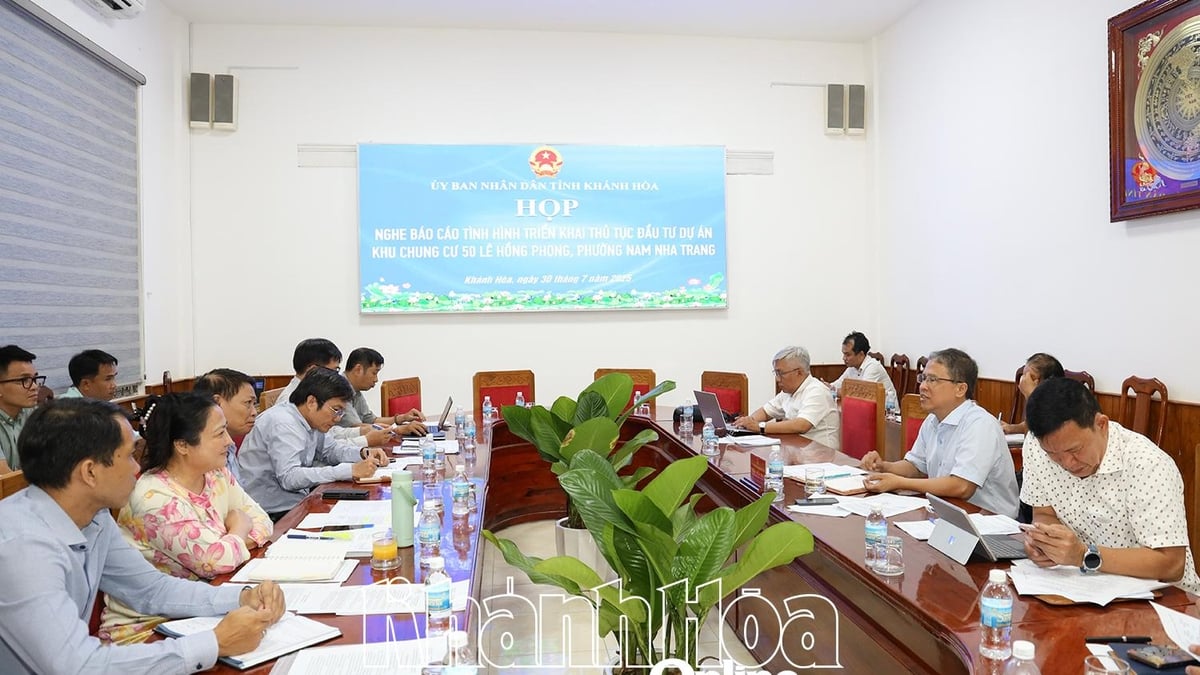
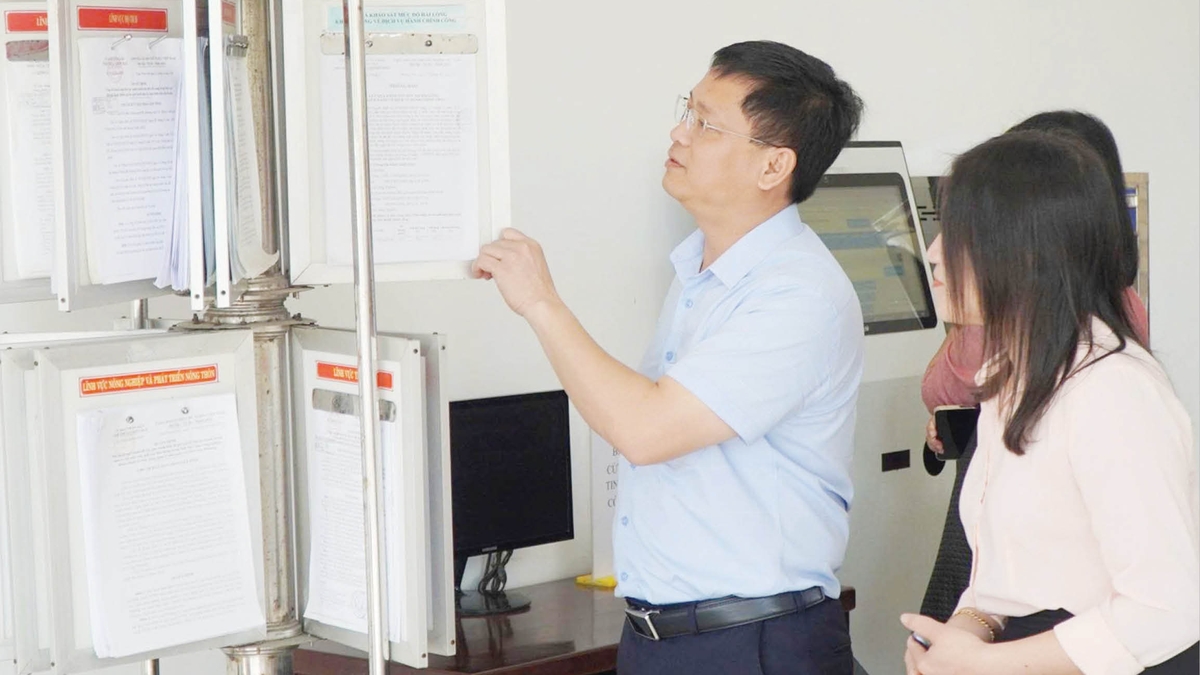

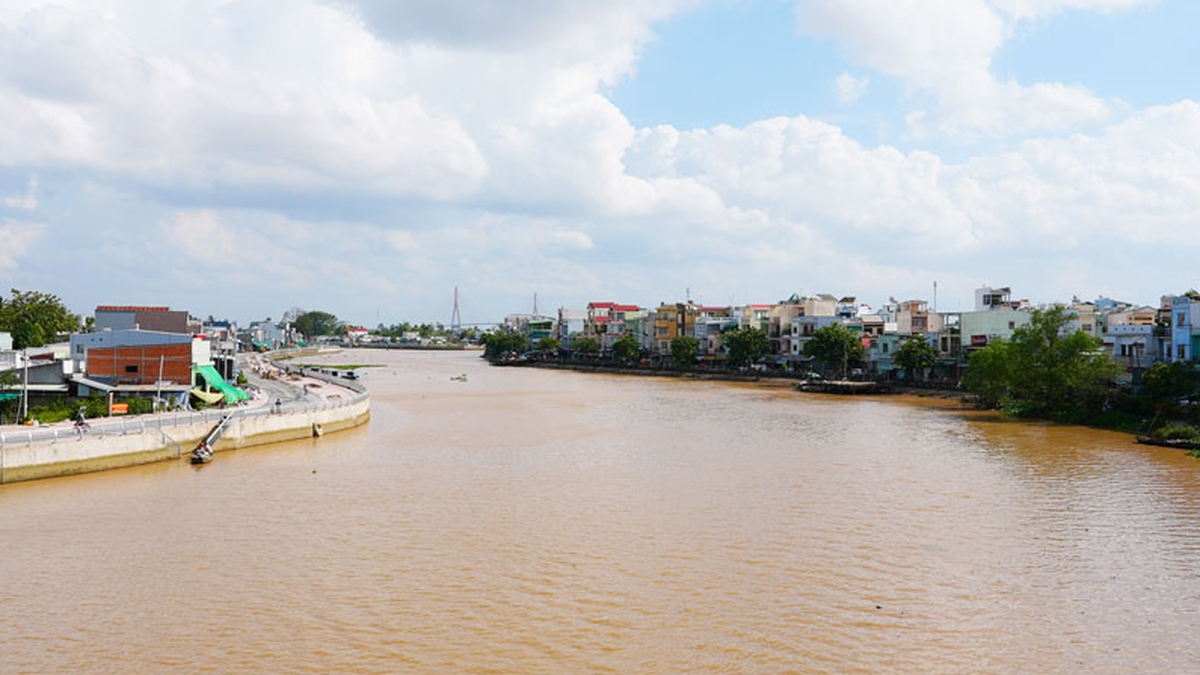














![[Photo] National Assembly Chairman attends the seminar "Building and operating an international financial center and recommendations for Vietnam"](https://vphoto.vietnam.vn/thumb/1200x675/vietnam/resource/IMAGE/2025/7/28/76393436936e457db31ec84433289f72)























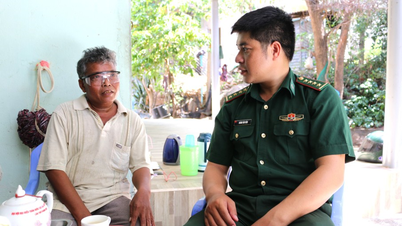







































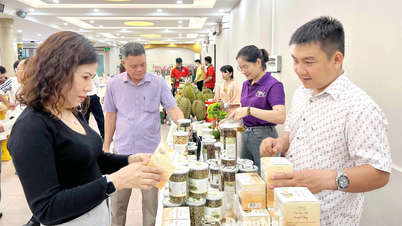





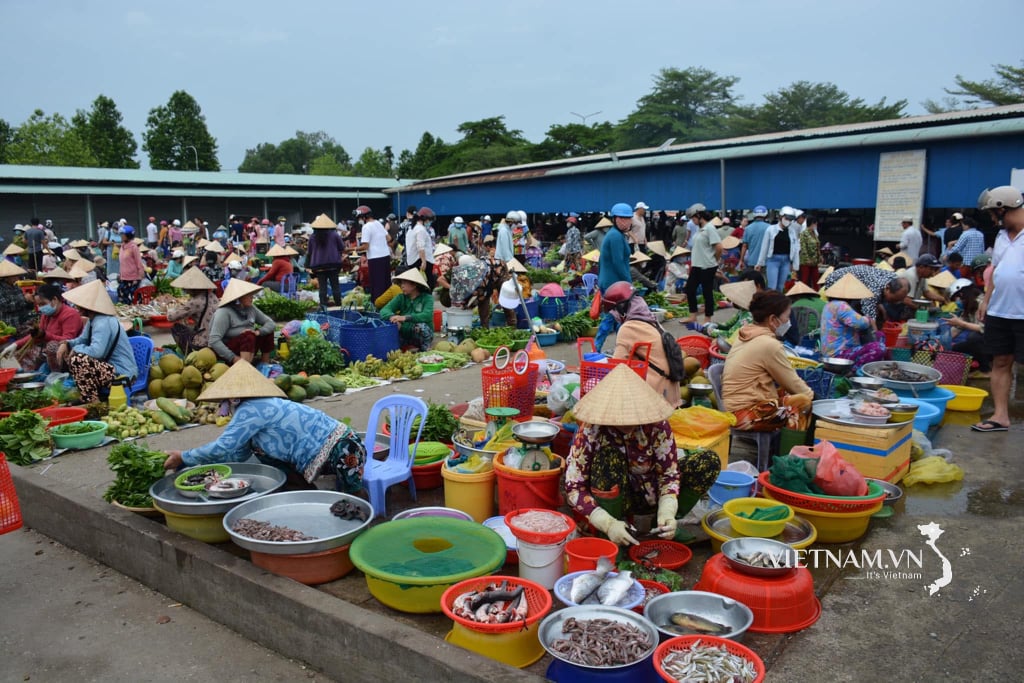


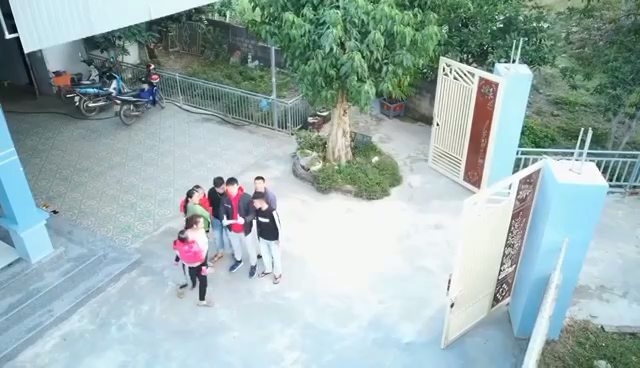
Comment (0)